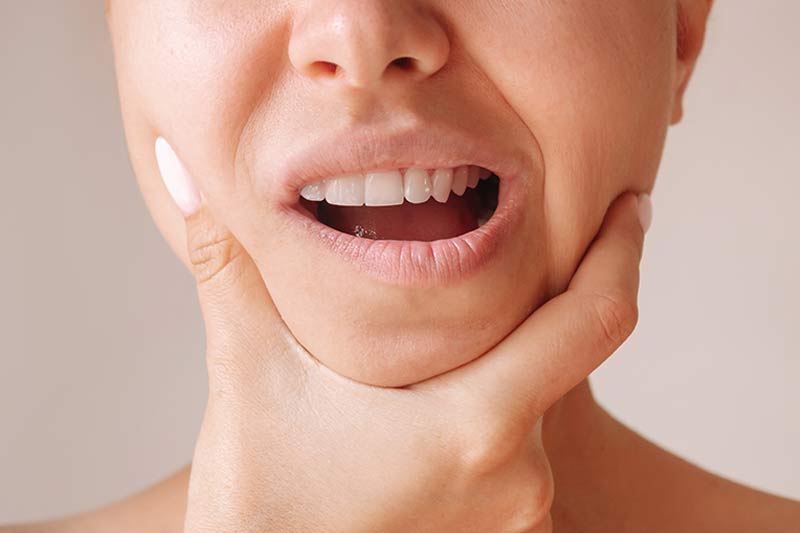Dermal fillers are a popular non-surgical treatment that helps restore volume in the mid-face and lower facial regions. These areas usually become hollow and start sagging due to age-related loss of collagen, elastin, and hyaluronic acid.
Fillers provide impressive anti-aging effects, but some patients have reservations about the treatment because of the use of needles and potential pain.
This article explains whether fillers hurt, addressing factors that may cause patients to feel pain.

Do Fillers Hurt?
Most patients are able to tolerate the pain associated with dermal filler injection with the help of the following pain minimizing tools:
- Most fillers come with lidocaine, a local anesthetic.
- Medical providers typically apply a numbing cream before injecting the filler.
- Providers also use nerve blocks to numb the desired area.
- The providers use very thin needles which, patients report, cause only a slight stinging sensation, not actual pain.
- Many providers apply ice packs before and/or after the injection to further reduce the risk of pain, swelling, and bruising at the injection site.
- Some providers use attention distraction tools such as vibration wands.
Patients describe feeling slight pressure, tugging, and pinching during the procedure.
The treatment can be painful if the patient goes to an unqualified aesthetician without much experience injecting fillers. Even if they use a numbing cream, pain is possible and depends on the product’s formulation, how long the provider waits before injecting the filler, and how skillfully they inject it.
Finally, patients with a lower tolerance to pain feel more discomfort during the treatment than others.
Pain After Fillers
The effects of the numbing cream and nerve blocks subside within a few hours after the treatment. When this happens, some patients experience soreness and mild discomfort.
How Long Does Pain After Fillers Last?
Mild discomfort and soreness after fillers should resolve within 24-48 hours. Patients can apply ice packs and take a pain reliever (Tylenol) to manage discomfort.
Note: These dermal filler aftercare tips will help you minimize the risk of potential filler side effects and pain.
Why Does My Filler Hurt Months Later?
Clinical practice recognizes a rare condition (<1% incidence) called delayed hypersensitivity reaction to hyaluronic acid dermal fillers. Patients with this condition usually experience influenza-like symptoms, followed by painful swelling, redness, and lumps at the site of the previously injected filler.
This reaction can occur days or weeks after the injection and persist for several months. Doctors treat it with oral steroids and hyaluronidase.
Note: Learn about hyaluronic acid lip fillers and their effects.
When Should You See a Doctor?
Patients should seek medical help if the pain after fillers doesn’t disappear within 24 hours and intensifies, or if it is accompanied by other severe symptoms, such as:
- Bleeding
- Increasing redness and swelling
- Nodules
- Pus
- Heat
- Difficulty breathing
Conclusion
Dermal fillers can cause mild discomfort, but they are rarely painful. After seeing the results – youthfully plump and supple skin - patients agree that the slight discomfort is worth it.
Vibrant Skin Bar is a reputable medical spa, and our experts have years of experience injecting fillers. Visit us today and let us help you reach your aesthetic goals!


